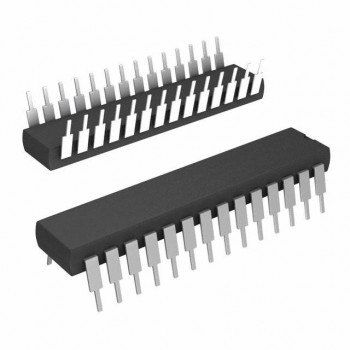Dynamic Pulse Width Modulation (DPWM) is a widely used technique in power electronics for controlling the output voltage of a power converter. It involves varying the duty cycle of the PWM signal to regulate the average output voltage. In this article, we will discuss the principle of DPWM and its simulation analysis.

The principle of DPWM is based on the concept of pulse width modulation (PWM), where the duty cycle of the PWM signal is adjusted to control the output voltage. In DPWM, the duty cycle is dynamically changed based on the input voltage and load conditions to maintain a stable output voltage. This dynamic adjustment of the duty cycle allows for better efficiency and performance of the power converter.
The simulation analysis of DPWM involves modeling the power converter circuit and simulating its operation under different input voltage and load conditions. The simulation software calculates the output voltage waveform based on the input signal and duty cycle of the PWM signal. By analyzing the simulation results, engineers can optimize the design of the power converter for better performance and efficiency.
One of the key advantages of DPWM is its ability to provide precise control over the output voltage. By dynamically adjusting the duty cycle of the PWM signal, DPWM can regulate the output voltage with high accuracy, even under varying input voltage and load conditions. This makes DPWM ideal for applications where a stable output voltage is critical, such as in power supplies and motor drives.
Another benefit of DPWM is its efficiency. By dynamically adjusting the duty cycle, DPWM can reduce power losses in the power converter and improve overall efficiency. This is especially important in high-power applications where energy efficiency is a key consideration.
In conclusion, DPWM is a powerful technique for controlling the output voltage of power converters. Its dynamic adjustment of the duty cycle allows for precise voltage regulation and improved efficiency. By simulating the operation of DPWM in power converter circuits, engineers can optimize their designs for better performance and reliability. DPWM is a valuable tool in the field of power electronics and is widely used in a variety of applications.

